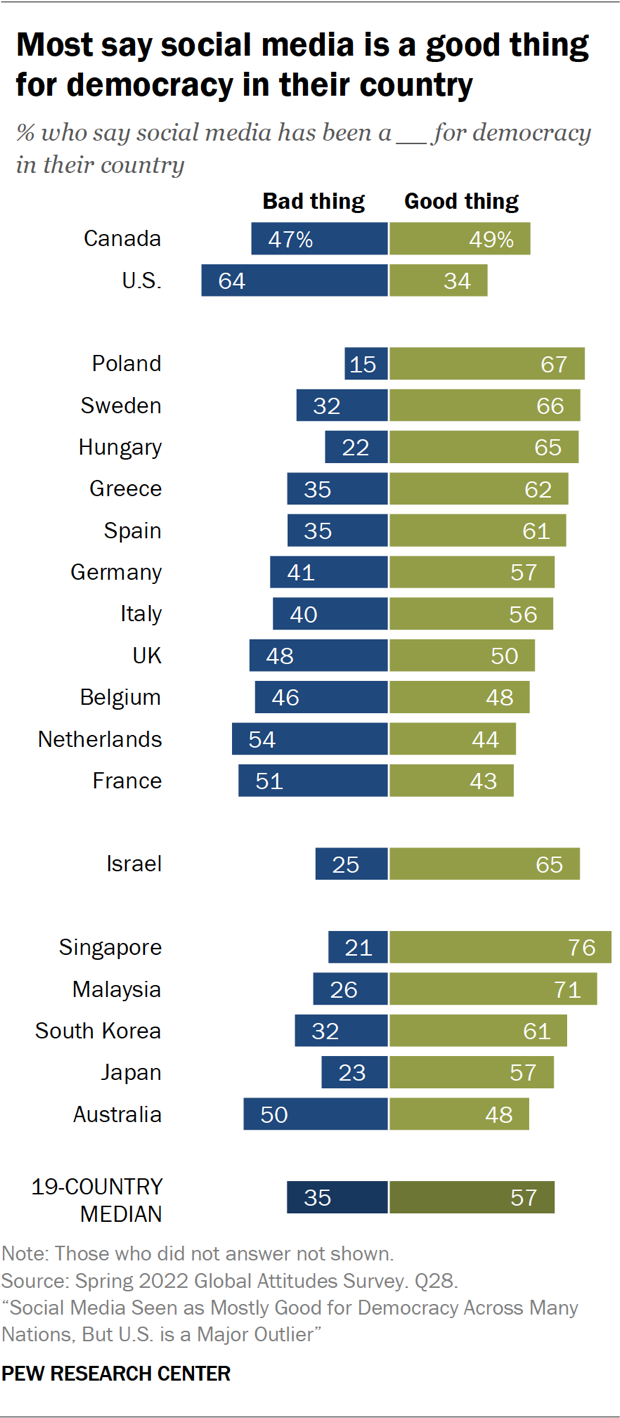How AI Is Reshaping Wildlife Conservation: A Double-Edged Sword

Table of Contents
The Positive Impacts of AI in Wildlife Conservation
AI is revolutionizing various aspects of wildlife conservation, offering unprecedented opportunities to protect endangered species and their habitats.
Enhanced Monitoring and Surveillance
AI-powered monitoring significantly enhances data collection efficiency. Drones equipped with advanced cameras and sensors provide a bird's-eye view of vast landscapes, allowing for efficient monitoring of wildlife populations and their habitats. Camera traps, utilizing AI-powered image recognition, automatically identify species, count individuals, and even detect poaching activities. Acoustic sensors employ AI algorithms to identify animal vocalizations, offering insights into species distribution and abundance.
- Improved detection of poaching activities: Real-time alerts can be generated when suspicious activity is detected, enabling rapid response from anti-poaching units.
- Real-time tracking of endangered species: GPS collars and AI-powered tracking systems provide continuous monitoring of animal movements, informing conservation strategies.
- Automatic identification of species through image recognition: AI algorithms can process thousands of images from camera traps, significantly reducing the time and effort required for manual analysis. This enables more efficient species identification, population monitoring, and biodiversity assessment using AI-powered monitoring.
Predictive Modeling for Conservation Strategies
AI algorithms excel at analyzing massive datasets, offering predictive capabilities for conservation planning. By analyzing factors such as climate change, habitat loss, and human encroachment, AI can predict future species distribution, enabling proactive conservation strategies. This AI-driven habitat management allows for optimized resource allocation and more effective intervention.
- Improved habitat management: AI models can identify areas most vulnerable to habitat loss, guiding efforts towards habitat restoration and protection.
- Optimized anti-poaching strategies: By analyzing poaching patterns and hotspots, AI can help optimize the deployment of anti-poaching resources.
- Proactive disease prevention: AI can analyze disease outbreaks and predict their spread, enabling swift and effective interventions to prevent widespread impacts. This leverages AI predictive modeling to its full extent for conservation planning.
Combating Illegal Wildlife Trade
The illegal wildlife trade is a significant threat to global biodiversity. AI is proving invaluable in combating this, offering innovative solutions for tracking and disrupting illegal activities. AI algorithms are deployed to analyze vast amounts of data from online marketplaces and shipping records, identifying patterns and trends associated with illegal wildlife trafficking. This allows authorities to identify smuggling routes and target key players in the illegal trade.
- Improved detection of illegal online marketplaces: AI can identify and flag suspicious listings of wildlife products on e-commerce platforms.
- Identification of smuggling routes: AI algorithms can analyze shipping data to identify frequently used routes for trafficking wildlife products. This AI and anti-poaching approach is showing great success.
- Improved collaboration between law enforcement agencies: AI-powered platforms can facilitate the sharing of intelligence and coordination of enforcement efforts across international borders. This includes AI-powered customs control.
The Potential Risks and Ethical Concerns of AI in Wildlife Conservation
While AI offers immense potential, its application in wildlife conservation also raises several ethical and practical concerns.
Data Privacy and Security
The use of AI in wildlife conservation involves collecting vast amounts of sensitive data, raising concerns about data privacy and security. This data may include locations of endangered species, anti-poaching strategies, and even the identities of conservation workers. Breaches could compromise conservation efforts and even put lives at risk.
- Vulnerability to hacking and data breaches: Robust cybersecurity measures are essential to protect sensitive wildlife data from unauthorized access.
- Potential misuse of data: There are concerns that data collected for conservation purposes could be misused for commercial or other unethical purposes.
- Ethical considerations surrounding data ownership and access: Clear guidelines and protocols are needed to ensure responsible data management and access. These are critical aspects of AI data security and wildlife data privacy.
Bias in Algorithms and Data
AI algorithms are only as good as the data they are trained on. If the datasets used to train AI models for conservation are biased, the resulting predictions and recommendations may be inaccurate or unfair. For instance, a dataset underrepresenting certain species or regions could lead to biased conservation strategies, neglecting the needs of less-represented groups.
- Potential for underrepresentation of certain species or regions: Careful attention should be paid to ensure that datasets are diverse and representative of all species and regions.
- Biased predictions leading to flawed conservation strategies: Bias in algorithms can lead to misallocation of resources and ineffective interventions. This is a key consideration in ensuring algorithmic fairness.
Over-reliance on Technology and Loss of Human Expertise
While AI is a powerful tool, it is crucial to avoid over-reliance on technology and maintain a balance with traditional conservation methods. Human expertise remains essential for interpreting AI-generated data, adapting to unexpected situations, and engaging with local communities.
- The need for human expertise in interpreting AI-generated data: AI should be seen as a tool to augment, not replace, human expertise.
- Risk of deskilling field personnel: Efforts should be made to ensure that the integration of AI enhances, rather than diminishes, the skills of field conservationists.
- Importance of community involvement: Local communities play a crucial role in conservation efforts, and their knowledge and perspectives should be incorporated into AI-driven initiatives. This relates to the importance of human-AI collaboration in conservation and community-based conservation.
Conclusion
AI offers powerful tools for wildlife conservation, significantly enhancing monitoring, predictive modeling, and the fight against illegal wildlife trade. However, the responsible development and implementation of AI in conservation is paramount. Addressing data privacy, algorithmic bias, and the need for human-AI collaboration are crucial to ensure that AI becomes a force for good. The future of wildlife conservation hinges on harnessing the power of AI responsibly. Let's work together to ensure that AI in wildlife conservation becomes a powerful tool for protecting our planet's biodiversity.

Featured Posts
-
 Bof As Assessment Why Current Stock Market Valuations Shouldnt Worry Investors
Apr 23, 2025
Bof As Assessment Why Current Stock Market Valuations Shouldnt Worry Investors
Apr 23, 2025 -
 Manager Terry Franconas Illness Forces Him To Miss Brewers Game
Apr 23, 2025
Manager Terry Franconas Illness Forces Him To Miss Brewers Game
Apr 23, 2025 -
 The Zuckerberg Trump Dynamic Impact On Social Media And Beyond
Apr 23, 2025
The Zuckerberg Trump Dynamic Impact On Social Media And Beyond
Apr 23, 2025 -
 Is The Lg C3 77 Inch Oled Tv Worth The Hype A Honest Review
Apr 23, 2025
Is The Lg C3 77 Inch Oled Tv Worth The Hype A Honest Review
Apr 23, 2025 -
 2569
Apr 23, 2025
2569
Apr 23, 2025
